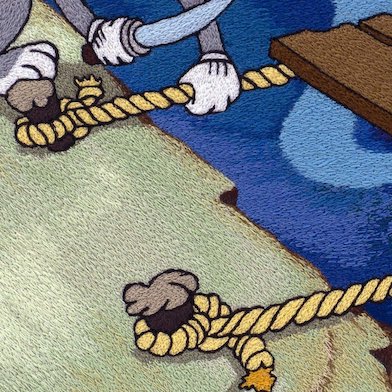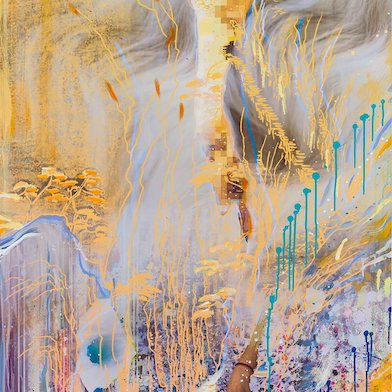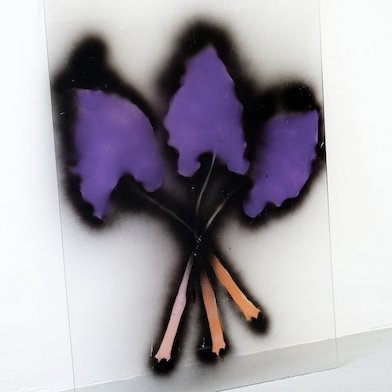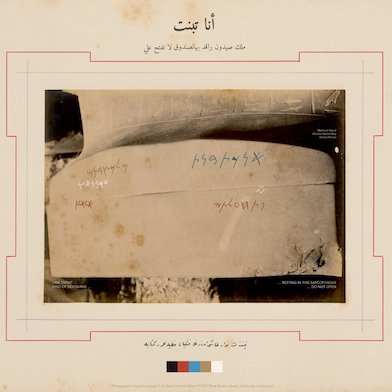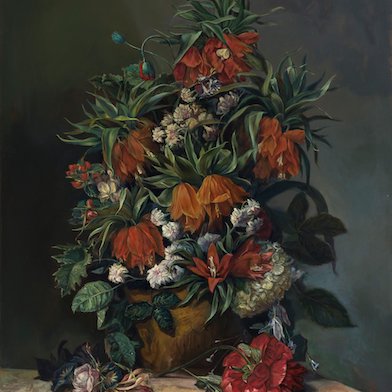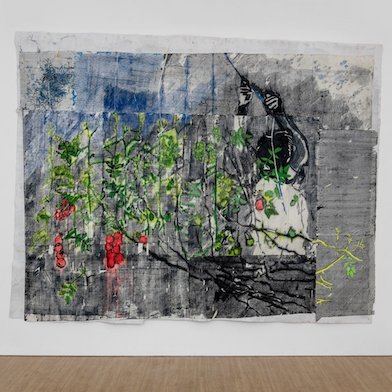Open: Tue-Fri 10am-6pm, Sat 11am-6pm
Visit
Jacqueline de Jong: Resilience(s)
Pippy Houldsworth Gallery, London
Thu 28 Nov 2019 to Sat 18 Jan 2020
6 Heddon Street, W1B 4BT Jacqueline de Jong: Resilience(s)
Tue-Fri 10am-6pm, Sat 11am-6pm
Pippy Houldsworth Gallery presents Resilience(s), Jacqueline de Jong’s first solo exhibition in the UK.
Installation Views
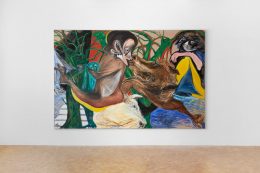
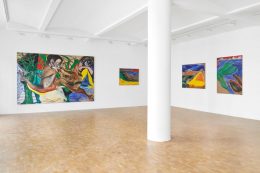
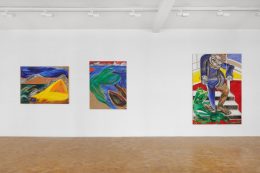
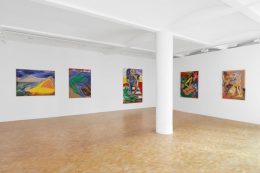
The exhibition focuses on paintings made in the 1980s and early 1990s, bringing together key works from her Upstairs Downstairs and Paysages Dramatiques series. Exuberant, sensual, violent and contradictory, Resilience(s) manifests the defiance and adaptability inherent in de Jong’s practice.
Towards the middle of the 1980s de Jong began to return to a more expressionist style of painting, her work having become increasingly figurative in the 1970s. Here the grotesque figures from her 1960s paintings make a reappearance with a more overtly animal form. The Upstairs Downstairs series, originally commissioned for the Amsterdam Town Hall, places its protagonists in the liminal space of the stairwell, ascending and descending, seemingly without purpose. In contrast, the paintings of the Paysages Dramatiques series draw upon a trip de Jong made to the Dutch island of Schiermonnikoog depicting its characters against an apocalyptic landscape of twisted trees and swirling waters. Certain of the Paysages Dramatiques dispense with figures, leaving the same unbridled emotions to be expressed through the colour and form of the landscape alone.
Clashing with one another, de Jong’s creatures are driven by violent and carnal lusts. In Ceux qui vont en bateau (1987), bestial creatures collide in passionate embrace as the simian visage of one sucks in the other and a human figure looks on grinning, its face distorted into a fanged mask. Animal in form, the creatures seem to act on appetites shaped by human desire: a green reptile wrestles with two birds over a hunting rifle in Drole de la chasse frustrée (1987), whilst a knowing seduction takes place in Chasse chevalière (1987). Conversely, in Big foot small head (1985), a sharply dressed man in a blue suit and brown brogues crushes a dragon underfoot, his hunched body twisting impossibly.
Formally, the works present a raw sense of immediacy. Thick brushstrokes build a turbulent impression of movement. A heightened palette, foregrounding primary colours amplifies the drama. At this time, de Jong began to draw greater attention to the physicality of her paintings, experimenting with different supports and exposing these to the viewer. In certain works the artist uses a marouflage technique to paste a sheet of brown paper to the canvas, creating a subtle frame and intensifying her use of colour. In others she paints directly onto unprimed linen or wooden panel, leaving areas of the surface raw. These devices emphasise the theatrical quality of de Jong’s work, tempering the desolation and carnal aggression with a tongue in cheek sense of humour.
Jacqueline de Jong (b. 1939 in Hengelo, Netherlands) lives and works in Amsterdam and Bourbonnais, France. Throughout a career spanning six decades de Jong’s work has explored the violence, banality, eroticism and humour of human interaction. Since the 1960s, she has developed a diverse practice that encompasses painting at its core, alongside drawing, sculpture, jewellery, artist books and printmaking.
De Jong was one of only two female members of the Situationist International (SI), with close ties to its founding members, Guy Debord and Asger Jorn. She was also closely involved with German collective, Gruppe SPUR. When visual artists were expelled from SI, de Jong founded The Situationist Times, one of the most important and experimental journals of the post-war period. As editor and publisher, she produced six editions between 1962 and 1967. The publication offered opportunity for collaboration between writers, poets and visual artists including Noel Arnaud, Jacques Prévert, Anton Ehrenzweig, Franciszka and Stefan Themerson, Max Bucaille, Aldo van Eyck, Lech Tomaszewski and Asger Jorn.
Earlier this year, the French Ministry for Culture, together with the AWARE Prize for Women artists, presented de Jong with the Outstanding Merit Prize in recognition of her exceptional career and recently highlighted work. Recent solo museum exhibitions include Stedelijk Museum, Amsterdam (2019); Museum Jorn, Silkeborg (2019); Musée Les Abattoirs, Toulouse (2018); Malmo Konsthall (2018) and Moderna Museet, Stockholm (2012). Her archive, the Jacqueline de Jong papers, was acquired by the Beinecke Library of Rare Books and Manuscripts, Yale University in 2011. A major new publication exploring The Situationist Times in depth, These are Situationist Times! (Torpedo Press, Oslo) was launched this year at Stedelijk Museum, Amsterdam and MoMA PS1, New York. Upcoming exhibitions include Radio-Activity, Lenbachaus, Munich (2020) and She-Bam Pow POP Wizz at MAMAC, Nice (2020).
Collections include Centre Pompidou, Paris; Stedelijk Museum, Amsterdam; Moderna Museet, Stockholm; Rachofsky Collection, Dallas; Cobra Museum of Modern Art, Amstelveen; Musée les Abattoirs, Toulouse; Museum Arnhem, Arnhem; Museum Boijmans van Beuningen, Rotterdam; Museo Comunale d’Arte Moderna, Ascona; Frans Hals Museum, Haarlem; Museum Jorn, Silkeborg; Henie Onstad Kunstsenter, Oslo; Kunstmuseum Göteborg; Lenbachhaus, Munich; MONA, Tasmania and MOCA, Toronto.
